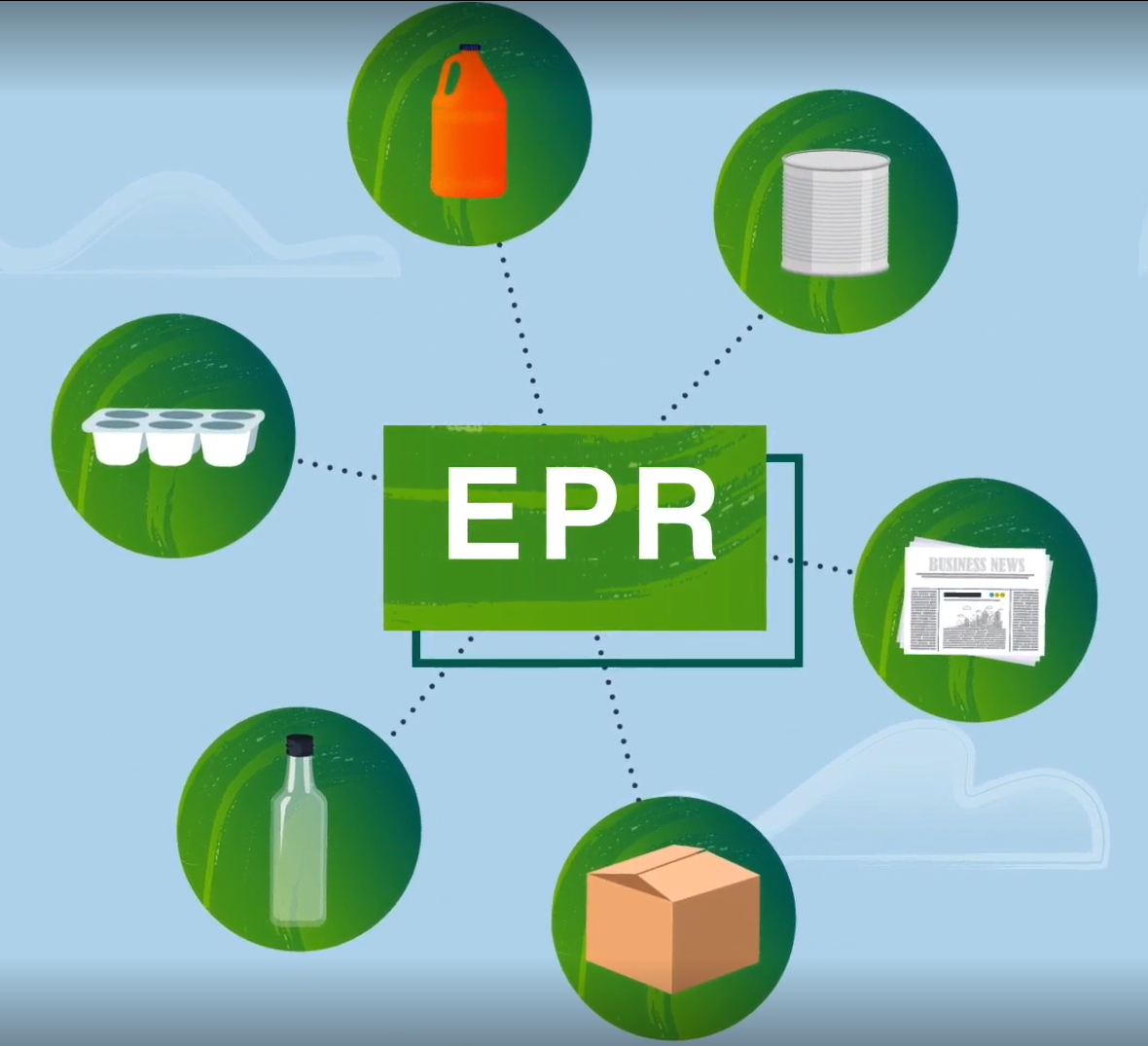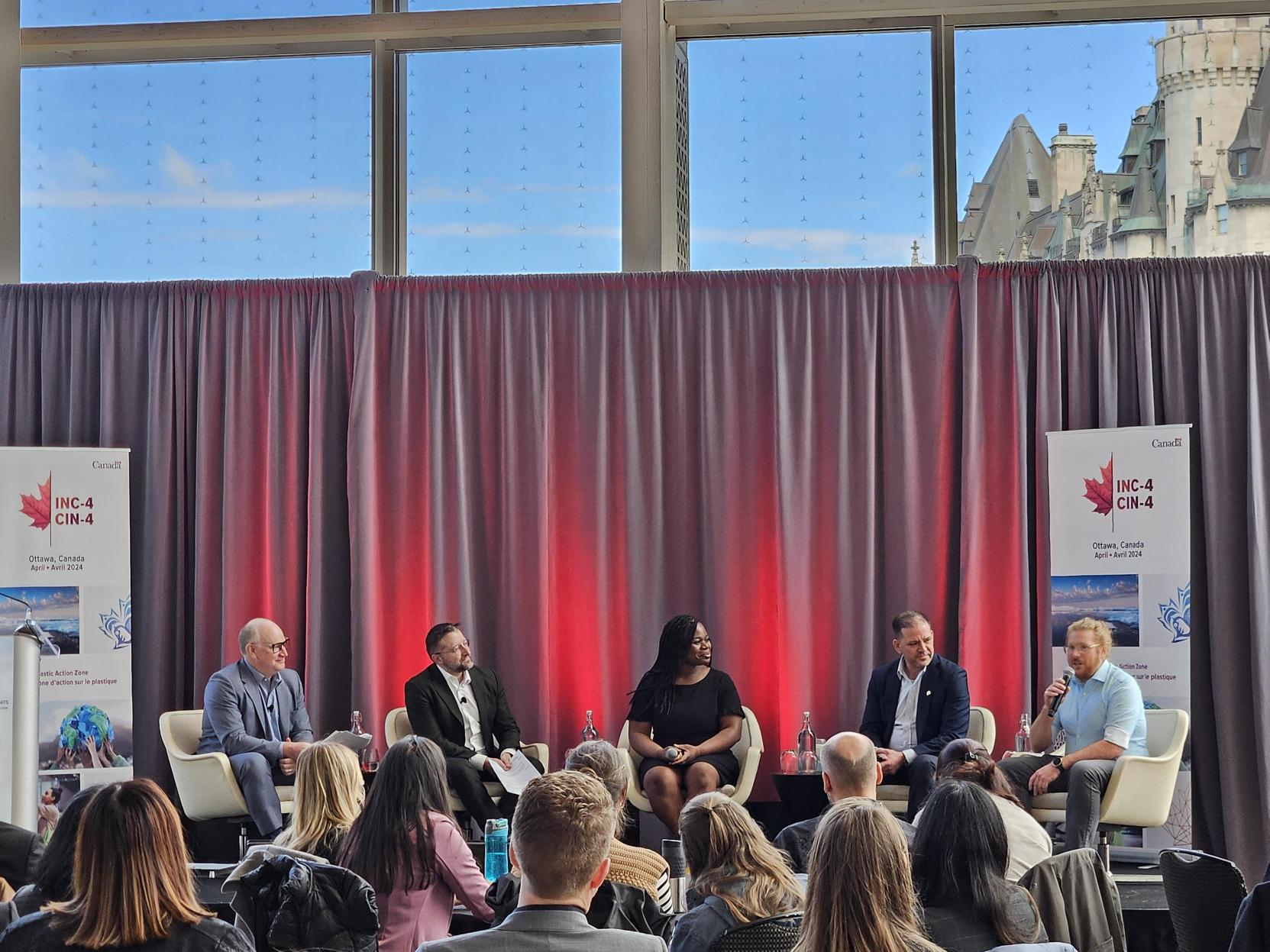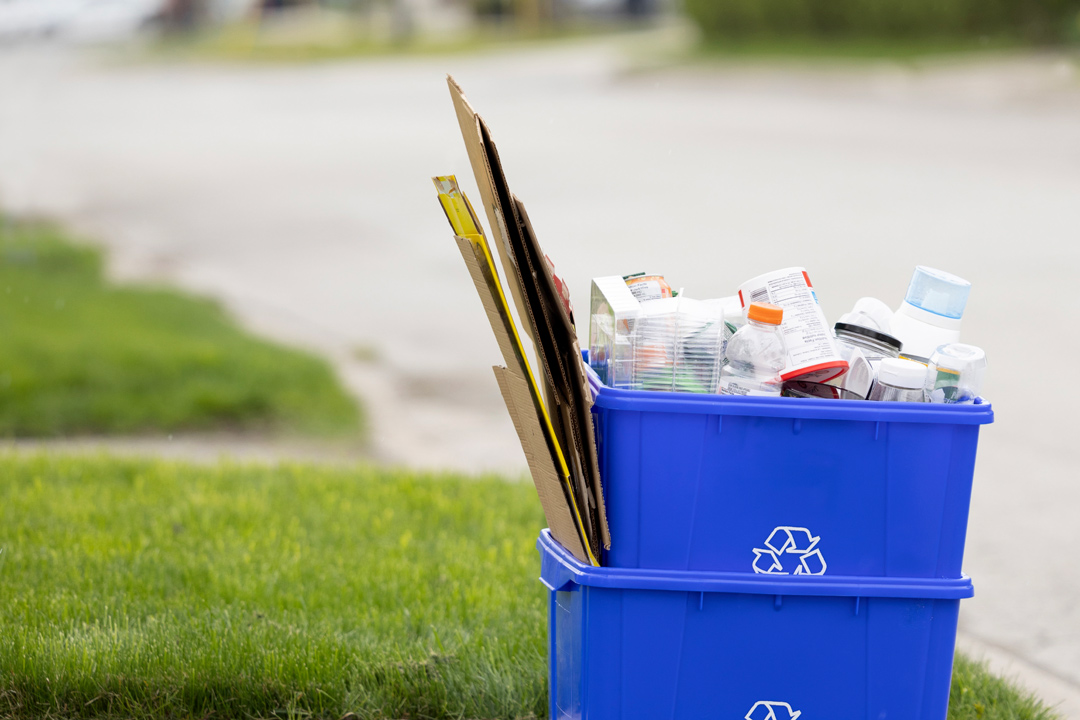What is extended producer responsibility?
Extended producer responsibility creates effective recycling programs that contribute to a circular economy.
Overview
Extended producer responsibility, or EPR, is a policy approach in which producers – the businesses that supply packaging and paper – are financially responsible and accountable for those materials over their full life cycle.
Recycling programs founded on the principles of extended producer responsibility improve recycling rates and encourage the more efficient use of materials.
Play videoEPR is fundamental to advancing the circular economy
EPR legislation requires producers to take responsibility for the end-of-life management of the materials they supply to consumers.
Regulations are introduced at the provincial level that contain material targets and producer obligations.
Once EPR is implemented in a province, there is a consistent material list and an integrated material management supply chain. Materials are in a constant loop and being reused as recycled content in new packaging and products.
EPR enables innovation, operational efficiencies, increased standard levels and access to materials. It is recognized as one of the most effective mechanisms for improving recycling rates.
EPR in Canada
Find out more about provincial extended producer responsibility regulations for packaging in Canada.
Learn morePrinciples of extended producer responsibility programs
The following principles contribute to effective extended producer responsibility programs.
Latest updates
Read the latest news about extended producer responsibility programs for packaging across the country.
Circular Materials and EEQ lead INC-4 Panel on the Role of EPR in Creating a Circular Economy for Plastics
Learn MoreOn Wednesday, April 24, Circular Materials and Éco Entreprises Québec (ÉEQ) led a producer panel on the role of extended producer responsibility (EPR) in creating a circular economy for plastics in Canada at the fourth Intergovernmental Negotiating Committee’s (INC-4’s) Plastic Action Zone. Circular Materials and ÉEQ were joined by some of the largest producers to…
Ontario’s Transition to EPR Nears One-year Milestone
Learn MoreBuilding on achievements in 2023, July 1, 2024, will mark the one-year milestone since Circular Materials, a national not-for-profit producer-led organization, kick-started Ontario’s transition to extended producer responsibility (EPR) for packaging and paper material – the first step towards enhanced recycling across the province. This underscores Circular Materials’ commitment to technological advancements and strategic innovation…



